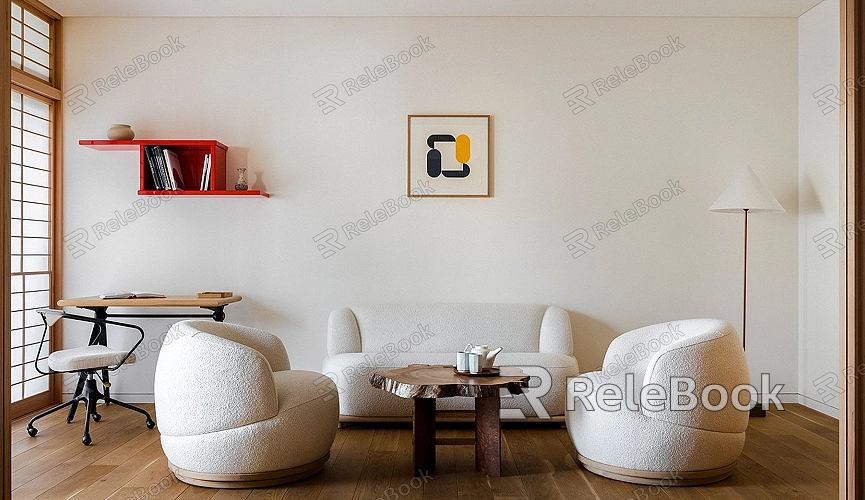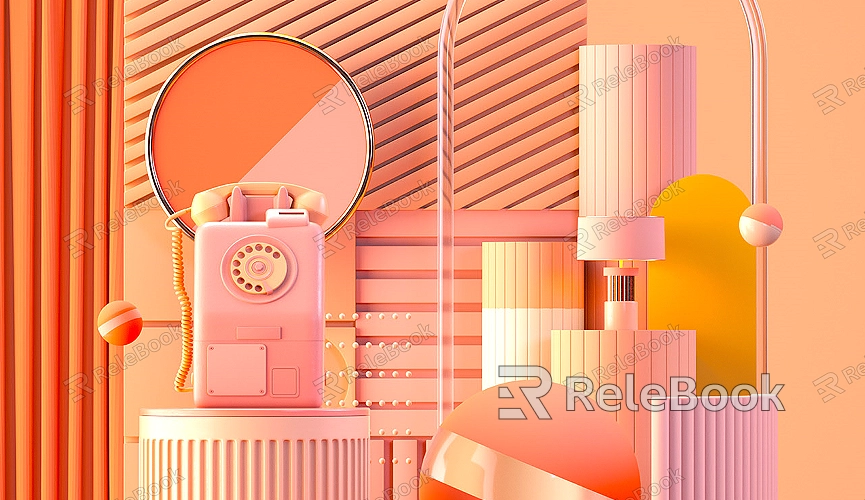How to Add Models and Textures to Sweet Home 3D
Sweet Home 3D is a highly popular open-source interior design software that is widely used by designers to create three-dimensional models of homes and offices due to its user-friendly interface and rich features. By adding models and textures, users can enhance the realism and aesthetic appeal of their designs. This article will explore how to effectively incorporate models and textures into Sweet Home 3D, helping designers achieve more vibrant interior effects.

Before diving into the specific steps, it’s important to understand a few basic concepts. Sweet Home 3D supports various file formats for models and textures, allowing users to import content from different sources. Common 3D software like Blender, SketchUp, and 3ds Max can generate compatible model and texture files for use in Sweet Home 3D. Below are detailed steps on how to add these elements.
Choose the Right Model Format
Sweet Home 3D supports formats like OBJ, 3DS, and DAE. When preparing models, ensure they are in one of these formats for successful import.
Design platforms such as Blender and SketchUp can export these formats, enabling users to convert their designs easily.
Import Models
Open Sweet Home 3D and click on the “Add Model” button in the toolbar.
Select “Import from File,” then locate your prepared model file. Once imported, the model will appear in the design view.
Adjust the model's position and size to fit within the overall design.
Apply Textures
After importing the model, users can add textures. Select the model, right-click, and choose the “Modify” option.
In the pop-up window, click on the “Material” tab to add new textures. Select “From File” to upload the desired texture image.
Ensure that the resolution of the texture image is suitable for the model’s size for optimal results.
Adjust Texture Settings
Within the texture settings, users can tweak properties such as opacity and glossiness to make the texture appear more realistic.
Use the “Tiling” option to control the repetition pattern of the texture, which is particularly important for larger surfaces.

Utilize Library Models
Sweet Home 3D comes with a built-in library containing numerous preset models that users can directly select and add to their designs.
While browsing the library, the search function can be used to quickly find specific models, saving time.
Save and Export Projects
After adding models and textures, be sure to save your project. Select the “File” menu and choose the “Save” option.
If you need to share your design with others, the “Export As” feature allows you to save in common formats (such as JPEG or PNG) for easy presentation.
Refer to Online Resources
Numerous online resources and communities provide free model and texture downloads. Users can leverage these assets to enrich their design library. If sourcing high-quality 3D textures feels overwhelming or time-consuming, consider visiting Relebook at relebook.com for exquisite 3D texture resources.
Test and Optimize
Once the design is complete, it’s advisable to use the preview function to check the effects of the models and textures. Ensure that they appear natural under different lighting conditions.
Make any necessary adjustments to optimize the overall visual effect.
By following these steps, designers can effectively add models and textures in Sweet Home 3D, enhancing the expressiveness and realism of their designs. Mastering these skills will empower users to create more captivating interior design projects.
I hope this guide has provided you with practical insights on adding models and textures in Sweet Home 3D. If you're looking to delve deeper into 3D modeling, be sure to check out Relebook for additional resources and tutorials that can help you progress in your design journey.

